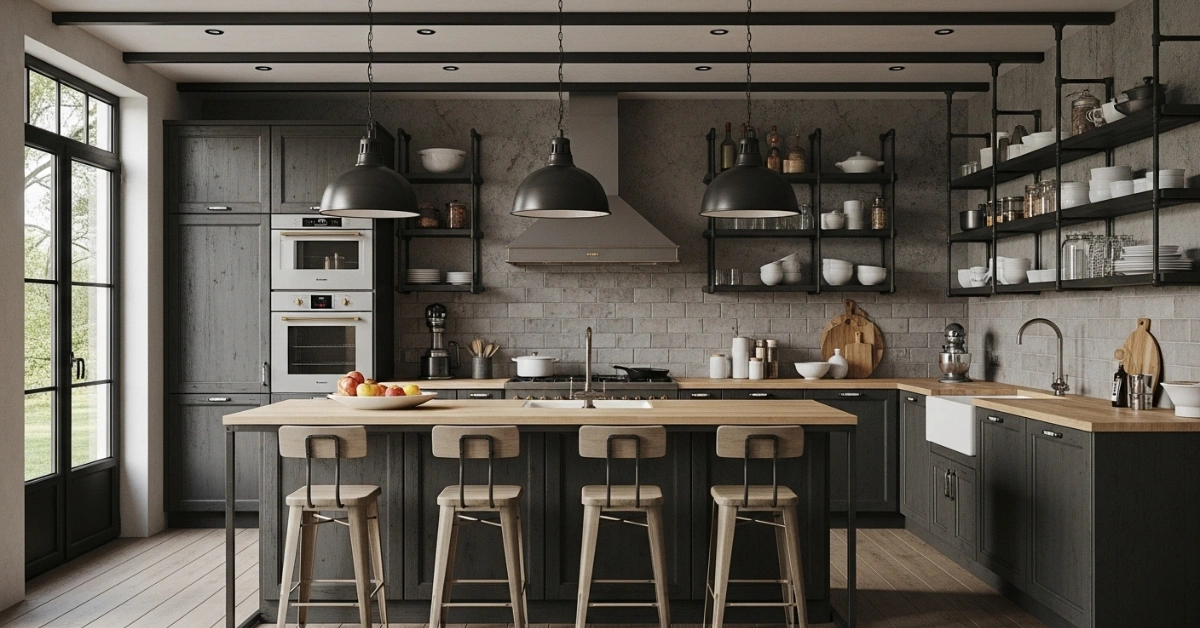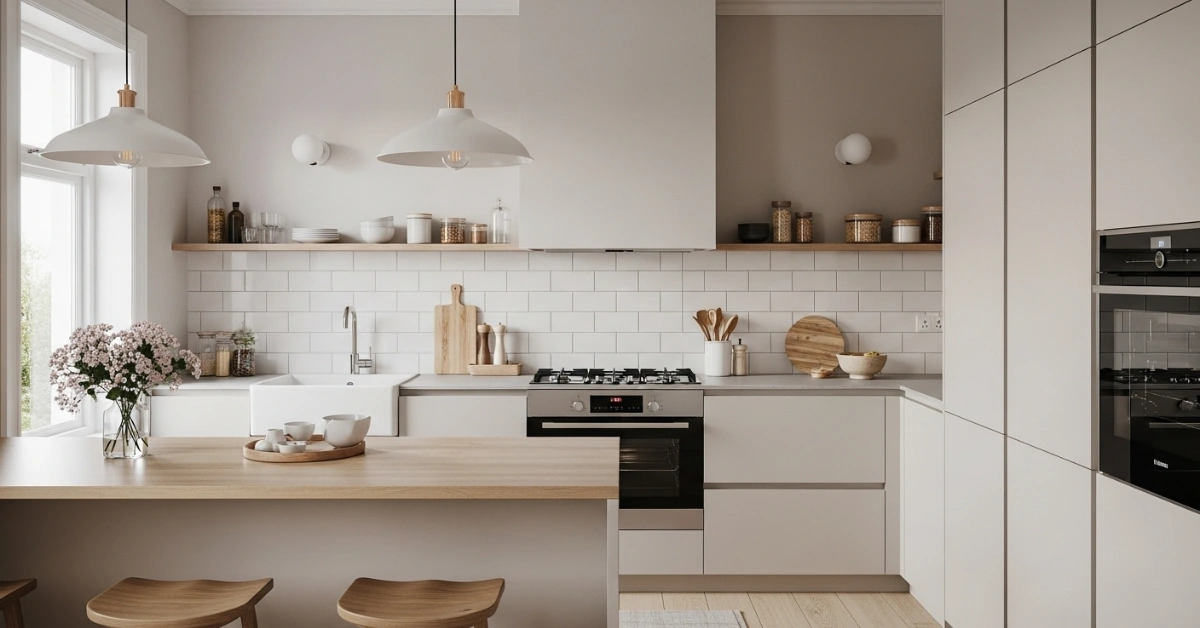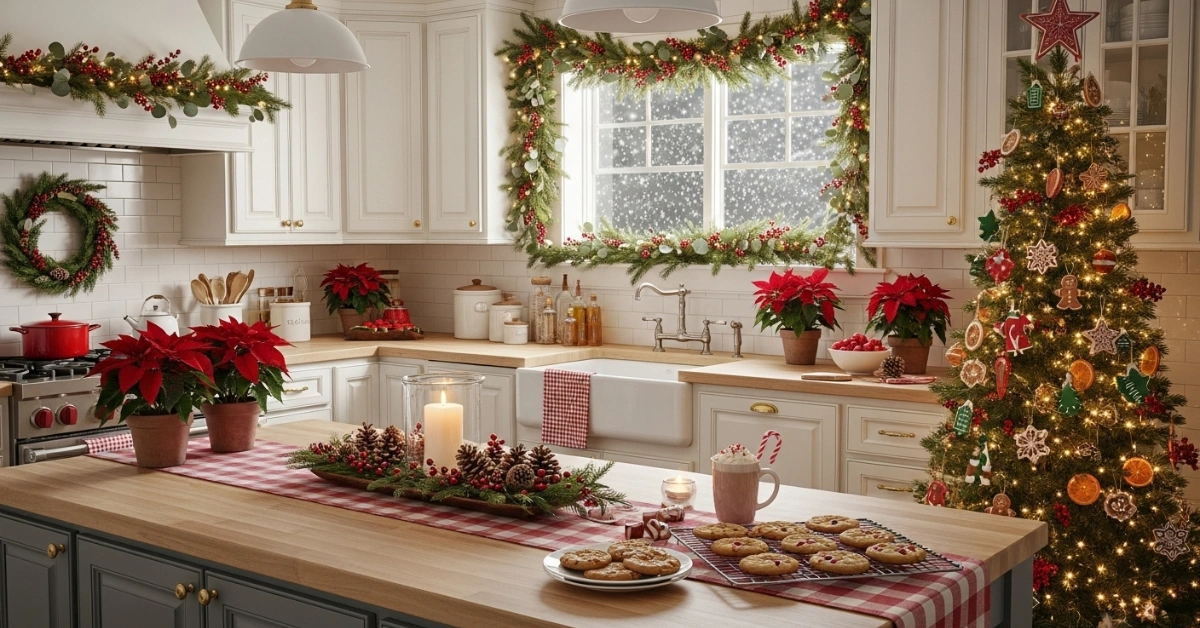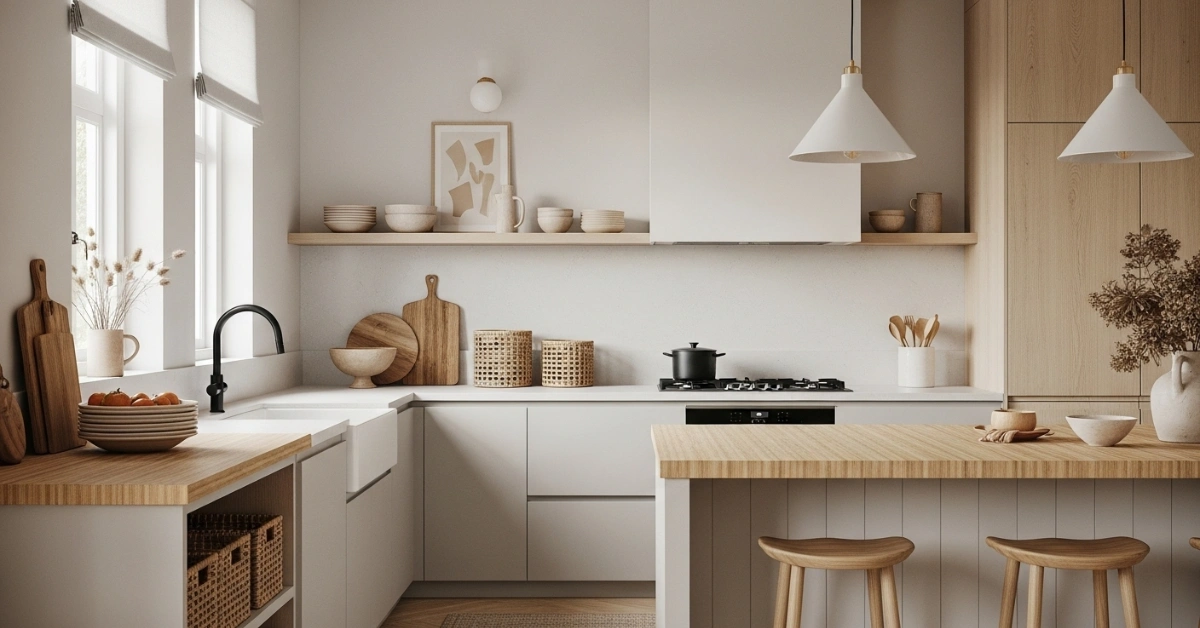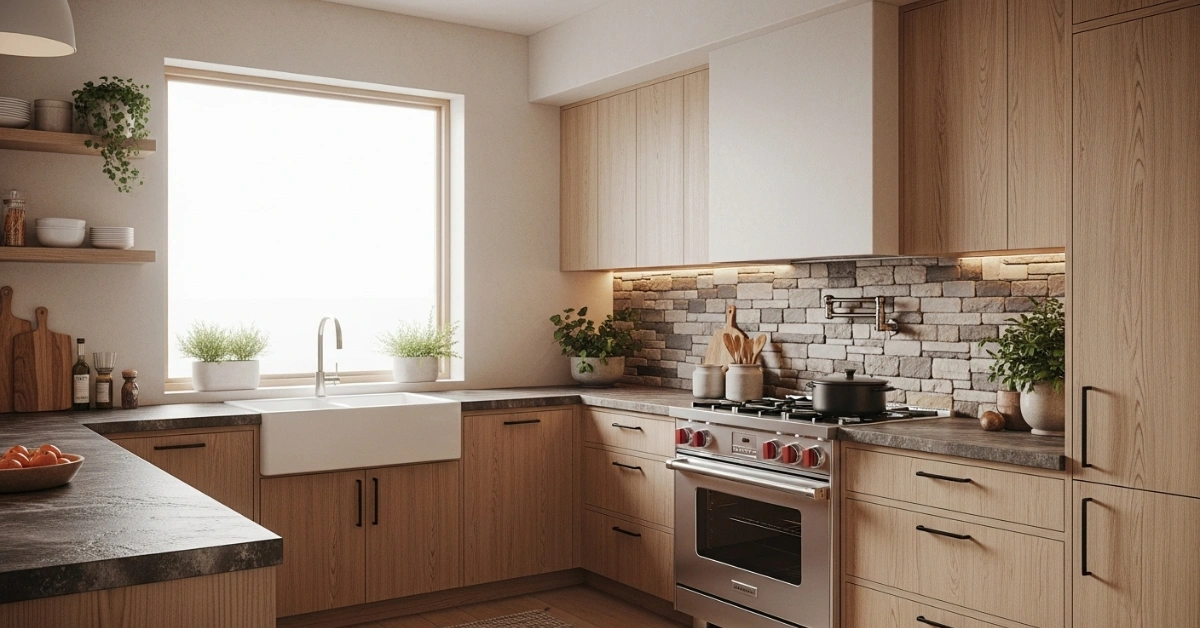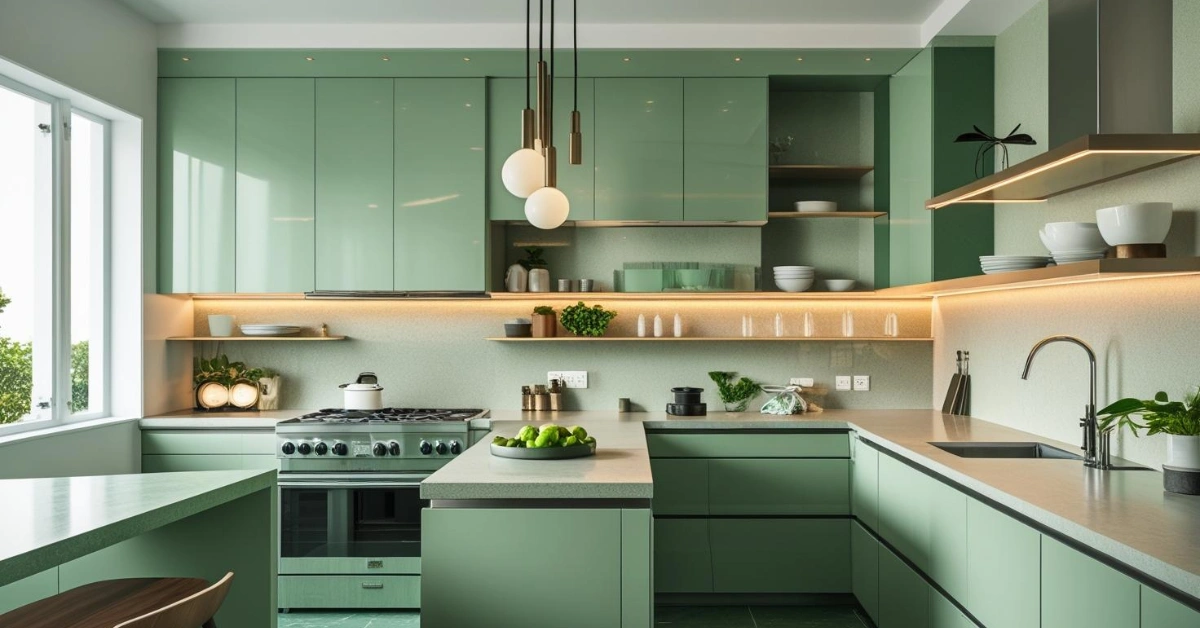Mountain Kitchen Design Ideas for a Cozy, Timeless Retreat
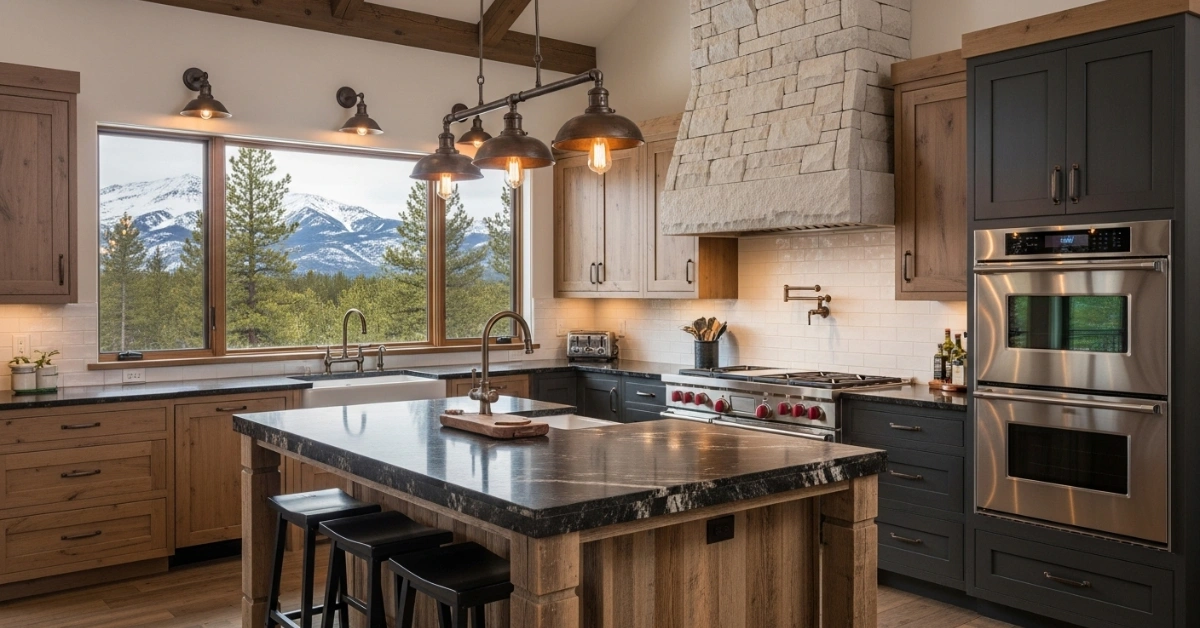
Imagine stepping into your kitchen after a long day, only to feel uninspired by a bland, outdated space that lacks personality. For homeowners in mountainous regions or those craving a rustic retreat vibe, a mountain kitchen can transform daily routines into moments of warmth and connection. The challenge? Creating a space that balances cozy aesthetics, practical functionality, and timeless appeal without feeling cluttered or dated.
The solution lies in designing a mountain kitchen that reflects the rugged beauty of nature while embracing modern conveniences. This guide offers practical ideas, expert tips, and real-world inspiration to help you craft a kitchen that feels like a cozy alpine escape. Whether you’re renovating a cabin or bringing mountain charm to a suburban home, you’ll find actionable advice to make your dream kitchen a reality.

What Defines a Mountain Kitchen?
A mountain kitchen combines rustic elements inspired by nature, think wood, stone, and earthy tones, with functional design suited for daily life. It’s a space that feels warm and inviting, like a cozy lodge, while offering the tools needed for cooking, entertaining, and gathering. According to a 2023 survey by the National Kitchen and Bath Association, 68% of homeowners prioritize natural materials and open layouts in kitchen designs, trends that align perfectly with mountain-style aesthetics.
Key Characteristics of a Mountain Kitchen
- Natural Materials: Wood beams, stone countertops, and slate floors evoke the outdoors.
- Warm Color Palettes: Earthy tones like deep greens, browns, and grays create a grounded feel.
- Cozy Textures: Think woven rugs, leather accents, and soft lighting.
- Functional Layouts: Open spaces that encourage socializing and easy meal prep.
- Rustic-Meets-Modern: A blend of vintage charm with sleek appliances.

“A mountain kitchen should feel like an extension of the landscape outside. It’s about bringing the warmth of a campfire and the durability of stone into a space where people gather.” — Emily Harper, Interior Designer
Planning Your Mountain Kitchen: Where to Start
Before diving into design choices, consider your needs and lifestyle. Are you an avid home cook who needs ample counter space? Do you love hosting gatherings in your mountain retreat? Answering these questions will shape your kitchen’s layout and features.
Step 1: Assess Your Space
Measure your kitchen’s dimensions and note existing features like windows, doors, or exposed beams. Larger spaces can accommodate an island or dining nook, while smaller kitchens benefit from clever storage solutions. For example, a compact cabin kitchen in Colorado used vertical shelving to maximize space without sacrificing style, as featured in Mountain Living magazine (2024).
Step 2: Set a Budget
Mountain kitchens can range from budget-friendly updates to high-end renovations. According to HomeAdvisor, the average kitchen remodel in 2025 costs $25,000–$50,000, but small changes like new cabinet hardware or lighting can make a big impact for less.
Step 3: Define Your Style
Do you prefer a traditional log cabin look or a modern mountain aesthetic with clean lines? Browse platforms like Pinterest or Houzz for inspiration, but aim for a cohesive style that complements your home’s architecture.

Choosing Materials for a Mountain Kitchen
Materials set the tone for a mountain kitchen, blending durability with natural beauty. Here’s how to select the right ones for your space.
Countertops: Stone and Beyond
Stone countertops like granite, quartzite, or soapstone are staples in mountain kitchens. Granite, for instance, offers durability and unique patterns, with prices ranging from $50–$100 per square foot, per Architectural Digest (2025). For a budget-friendly alternative, butcher block wood countertops add warmth and cost $20–$60 per square foot.

Flooring: Rustic Meets Practical
Slate or flagstone flooring provides a rugged, earthy base, while wide-plank hardwood adds warmth. A 2024 trend report by Dwell highlights ceramic tiles mimicking natural stone as a low-maintenance option. Ensure flooring is sealed to withstand spills and heavy foot traffic.

Cabinetry: Wood That Wows
Opt for knotty pine, reclaimed barnwood, or oak cabinets to emphasize rustic charm. For a modern twist, consider matte black or navy cabinets paired with brass hardware. Designer Sarah Collins suggests, “Mixing wood tones with bold accents creates a mountain kitchen that feels both timeless and fresh.”

Backsplash: Texture and Personality
A stone or brick backsplash adds texture, while subway tiles in earthy tones offer a cleaner look. Handmade ceramic tiles with subtle patterns can introduce color without overwhelming the space.

| Material | Pros | Cons | Cost (per sq. ft.) |
|---|---|---|---|
| Granite Countertops | Durable, unique patterns | Requires sealing | $50–$100 |
| Butcher Block | Warm, affordable | Prone to scratches | $20–$60 |
| Slate Flooring | Rustic, slip-resistant | Can be cold | $15–$30 |
| Ceramic Tile | Low maintenance, versatile | Less authentic | $10–$25 |
Color Schemes for a Cozy Mountain Kitchen
Colors play a huge role in setting the mood. A mountain kitchen thrives on earthy, nature-inspired hues that feel warm and inviting.
Popular Color Palettes
- Forest Green and Cream: Deep green cabinets paired with creamy walls evoke alpine forests.
- Gray and Brown: Slate gray walls with walnut accents create a sophisticated yet cozy vibe.
- Warm Neutrals: Beige, taupe, and soft white keep the space light while maintaining warmth.
Tips for Choosing Colors
- Test Samples: Paint swatches can look different under natural vs. artificial light. Test them at different times of day.
- Incorporate Accents: Use colorful dishware or textiles to add pops of color without committing to bold walls.
- Balance Light and Dark: Pair dark cabinets with light countertops to avoid a heavy feel.
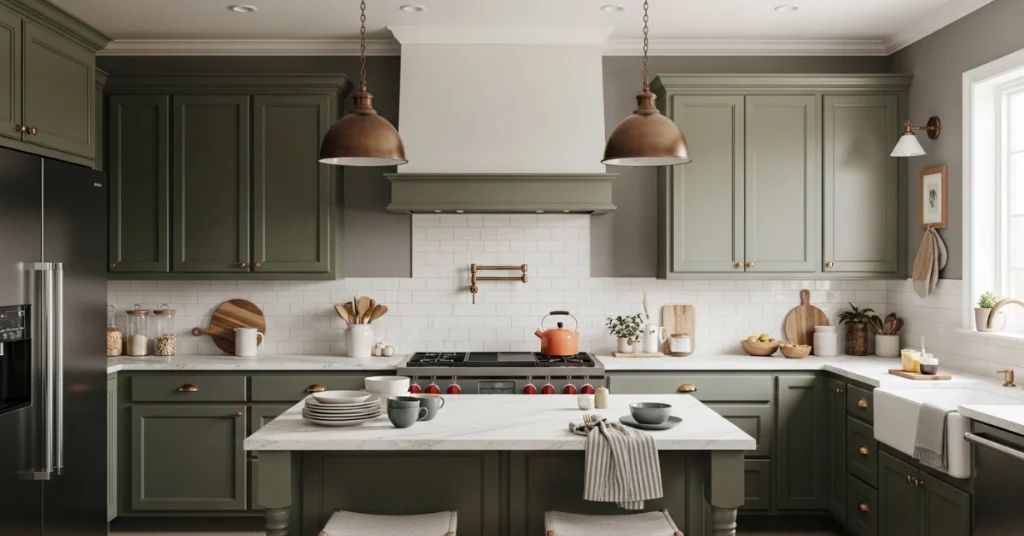
“Don’t shy away from bold colors in a mountain kitchen. A deep green island can ground the space while still feeling natural.” — Mark Thompson, Kitchen Designer
Lighting: Setting the Mood
Lighting can make or break a mountain kitchen’s ambiance. Combine ambient, task, and accent lighting for a functional yet cozy space.
Types of Lighting
- Pendant Lights: Rustic wrought iron or wooden pendants over an island add character. Prices range from $100–$500 per fixture.
- Under-Cabinet Lighting: LED strips illuminate countertops for prep work, costing $20–$50 per set.
- Chandeliers: A antler or iron chandelier above a dining nook adds drama. Look for budget-friendly options under $300 on sites like Wayfair.

Pro Tips
- Use warm-toned bulbs (2700K–3000K) to mimic candlelight.
- Install dimmers to adjust lighting for different moods, from cooking to entertaining.
- Highlight architectural features like beams with accent lighting.
Layout Ideas for Functionality and Flow
The layout of your mountain kitchen should prioritize ease of movement and social interaction. Here are three popular layouts:
1. Open-Plan Kitchen
Perfect for entertaining, an open-plan kitchen flows into a living or dining area. A large island serves as a prep space and casual dining spot. For example, a 2024 Better Homes & Gardens feature showcased a Colorado ski chalet with an open kitchen that encouraged guests to gather around a reclaimed wood island.
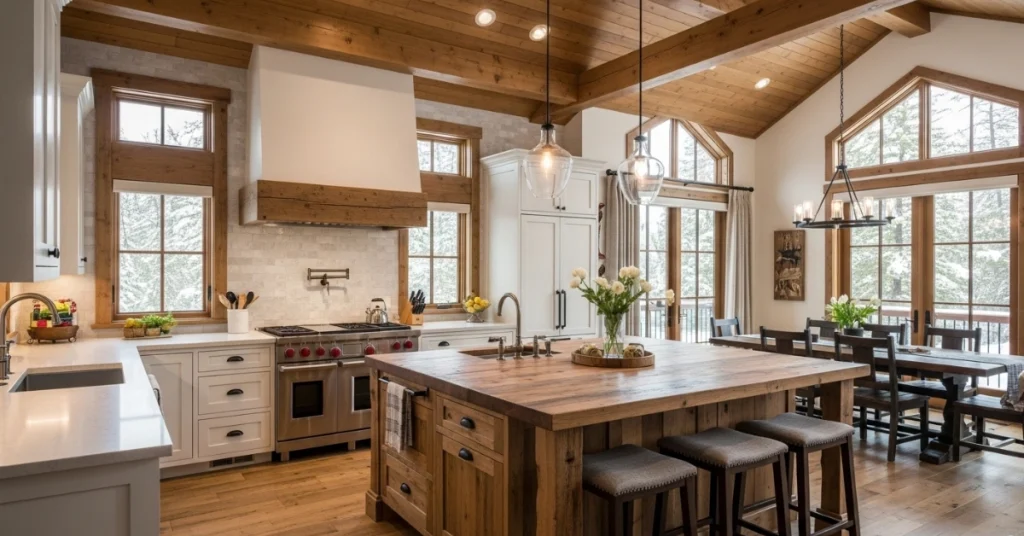
2. Galley Kitchen
Ideal for smaller cabins, a galley layout maximizes efficiency with parallel counters. Add open shelving to keep the space airy.

3. L-Shaped Kitchen
This layout offers flexibility, with room for a small dining table or corner nook. It’s great for families who want a cozy breakfast area.

Layout Tips
- Follow the work triangle rule: keep the sink, stove, and refrigerator within easy reach.
- Ensure at least 42 inches of clearance around islands for comfortable movement.
- Incorporate multi-functional elements, like a pull-out cutting board or hidden storage.
Appliances: Blending Style and Function
Modern appliances can coexist with rustic charm in a mountain kitchen. Stainless steel or matte black finishes blend seamlessly with natural materials.
Must-Have Appliances
- Range: A 36-inch gas range with a griddle is perfect for hearty mountain meals. Brands like Viking or Wolf offer high-end options ($2,000–$5,000).
- Refrigerator: Look for counter-depth models to save space. Smeg’s retro-style fridges add personality ($1,500–$3,000).
- Dishwasher: Quiet models from Bosch ($800–$1,500) keep the peace in open-plan layouts.
Energy Efficiency
Choose Energy Star-certified appliances to save on utility bills. A 2025 report by the U.S. Department of Energy notes that efficient appliances can reduce energy use by 10–50%.

Decor and Accessories: Adding Personality
Small details can elevate your mountain kitchen from functional to unforgettable. Here’s how to accessorize thoughtfully.
Decor Ideas
- Open Shelving: Display handmade pottery or wooden bowls for a lived-in feel.
- Textiles: Woven rugs, linen curtains, or plaid dish towels add warmth.
- Wall Art: Nature-inspired prints or vintage ski posters tie the space to its surroundings.
Practical Tips
- Avoid clutter by limiting decorative items to a few statement pieces.
- Use plants like ferns or succulents to bring the outdoors in.
- Incorporate functional decor, like a wooden cutting board that doubles as a serving tray.

“Accessories should tell a story. A vintage lantern or a set of heirloom dishes can make your mountain kitchen feel deeply personal.” — Laura Bennett, Interior Stylist
Storage Solutions for a Clutter-Free Kitchen
Storage is critical in a mountain kitchen, especially in smaller cabins where space is at a premium. Here are smart ideas to keep your kitchen organized:
1. Built-In Storage
- Install pull-out pantry shelves for easy access to dry goods.
- Use corner drawers to maximize awkward spaces.
- Add a pot rack above the island to free up cabinet space.
2. Multi-Functional Furniture
- A kitchen island with built-in shelves can store cookbooks or appliances.
- A dining bench with hidden storage is perfect for linens or seasonal items.
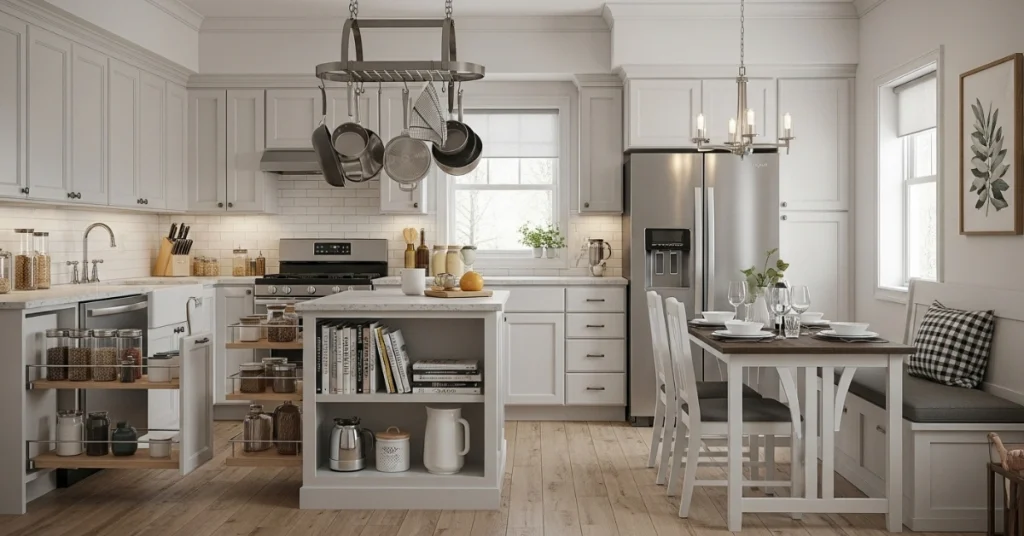
3. Vertical Storage
- Wall-mounted spice racks or magnetic knife strips save counter space.
- Pegboards painted in earthy tones can hold pots, pans, or utensils.
| Storage Solution | Best For | Estimated Cost |
|---|---|---|
| Pull-Out Pantry | Small kitchens | $200–$500 |
| Pot Rack | Displaying cookware | $50–$150 |
| Corner Drawers | Awkward spaces | $300–$600 |
Incorporating Technology in a Mountain Kitchen
While mountain kitchens lean rustic, modern technology can enhance functionality without sacrificing style.
Smart Features
- Smart Lighting: Philips Hue bulbs let you control ambiance via an app ($50–$150).
- Touchless Faucets: Motion-sensor faucets from Moen ($300–$600) reduce mess and save water.
- Smart Appliances: Wi-Fi-enabled ovens let you preheat remotely, ideal for vacation homes.
Balancing Tech and Rustic Charm
- Hide tech behind cabinetry or opt for appliances with retro-inspired designs.
- Use voice-activated assistants like Amazon Echo for hands-free recipe access.
- Ensure strong Wi-Fi connectivity, especially in remote mountain areas.
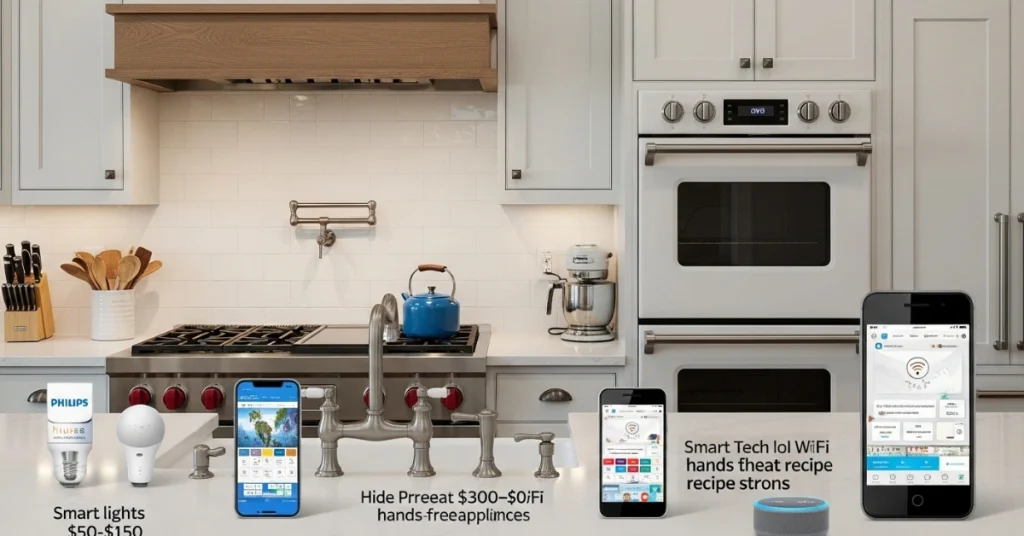
Common Mistakes to Avoid
Even the best-intentioned designs can go awry. Here are pitfalls to steer clear of:
- Overloading with Rustic Elements: Too many log beams or antler decor can feel kitschy. Balance rustic with modern touches.
- Ignoring Lighting: Dark corners make a kitchen feel cramped. Layer lighting for warmth and function.
- Skimping on Storage: Clutter kills the cozy vibe. Plan for ample storage from the start.
- Choosing Impractical Materials: Unsealed stone or delicate wood won’t withstand daily use. Prioritize durability.
Real-World Inspiration: Mountain Kitchen Examples
Case Study 1: The Aspen Retreat
A family in Aspen, Colorado, transformed their dated kitchen into a mountain masterpiece. They used reclaimed barnwood cabinets, a soapstone island, and brass pendant lights to create a warm, inviting space. Open shelving displayed local pottery, while a large picture window framed mountain views. The result? A kitchen that felt both luxurious and grounded in nature.

Case Study 2: The Budget-Friendly Cabin
A couple in the Smoky Mountains renovated their small cabin kitchen for under $15,000. They painted existing cabinets forest green, added butcher block countertops, and installed a ceramic tile backsplash mimicking slate. A thrifted wooden table served as a dining nook, proving you don’t need a big budget for big impact.

Budgeting for Your Mountain Kitchen
Renovating a mountain kitchen doesn’t have to break the bank. Here’s a breakdown of potential costs and ways to save:
Cost Breakdown
- Countertops: $2,000–$5,000
- Cabinetry: $5,000–$15,000
- Flooring: $1,500–$4,000
- Lighting: $500–$2,000
- Appliances: $3,000–$10,000
Money-Saving Tips
- Reface cabinets instead of replacing them ($1,000–$3,000 vs. $5,000+).
- Shop secondhand for decor like light fixtures or dining tables.
- DIY small projects, like painting walls or installing a backsplash.
Maintaining Your Mountain Kitchen
To keep your kitchen looking pristine, regular maintenance is key.
Cleaning Tips
- Stone Countertops: Use a pH-neutral cleaner to avoid etching. Seal annually.
- Wood Cabinets: Wipe with a damp cloth and mild soap to preserve the finish.
- Slate Floors: Sweep daily and mop with a stone-safe cleaner weekly.
Long-Term Care
- Inspect appliances yearly to catch issues early.
- Refresh textiles like rugs or curtains every few years to keep the space vibrant.
- Repaint walls every 5–7 years to maintain a fresh look.
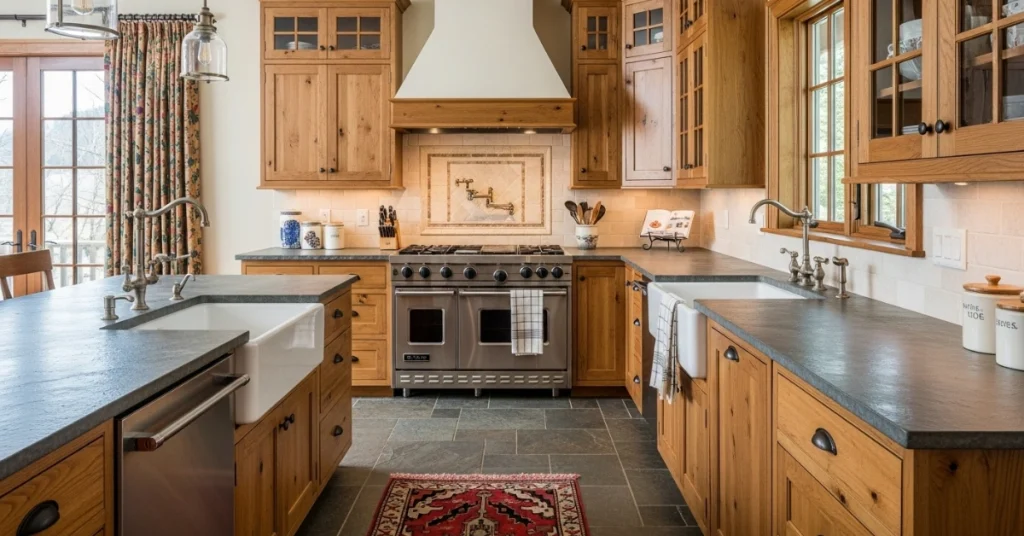
Conclusion: Create Your Dream Mountain Kitchen
A mountain kitchen is more than a place to cook, it’s a sanctuary where memories are made, from cozy family dinners to lively gatherings with friends. By blending natural materials, thoughtful layouts, and personal touches, you can design a space that’s both functional and inspiring. Whether you’re starting from scratch or refreshing an existing kitchen, the ideas in this guide will help you craft a timeless retreat that reflects the beauty of the mountains.
Ready to get started? Begin by sketching your layout, choosing a color palette, or browsing local showrooms for material inspiration. Share your mountain kitchen journey in the comments or connect with a designer to bring your vision to life!

